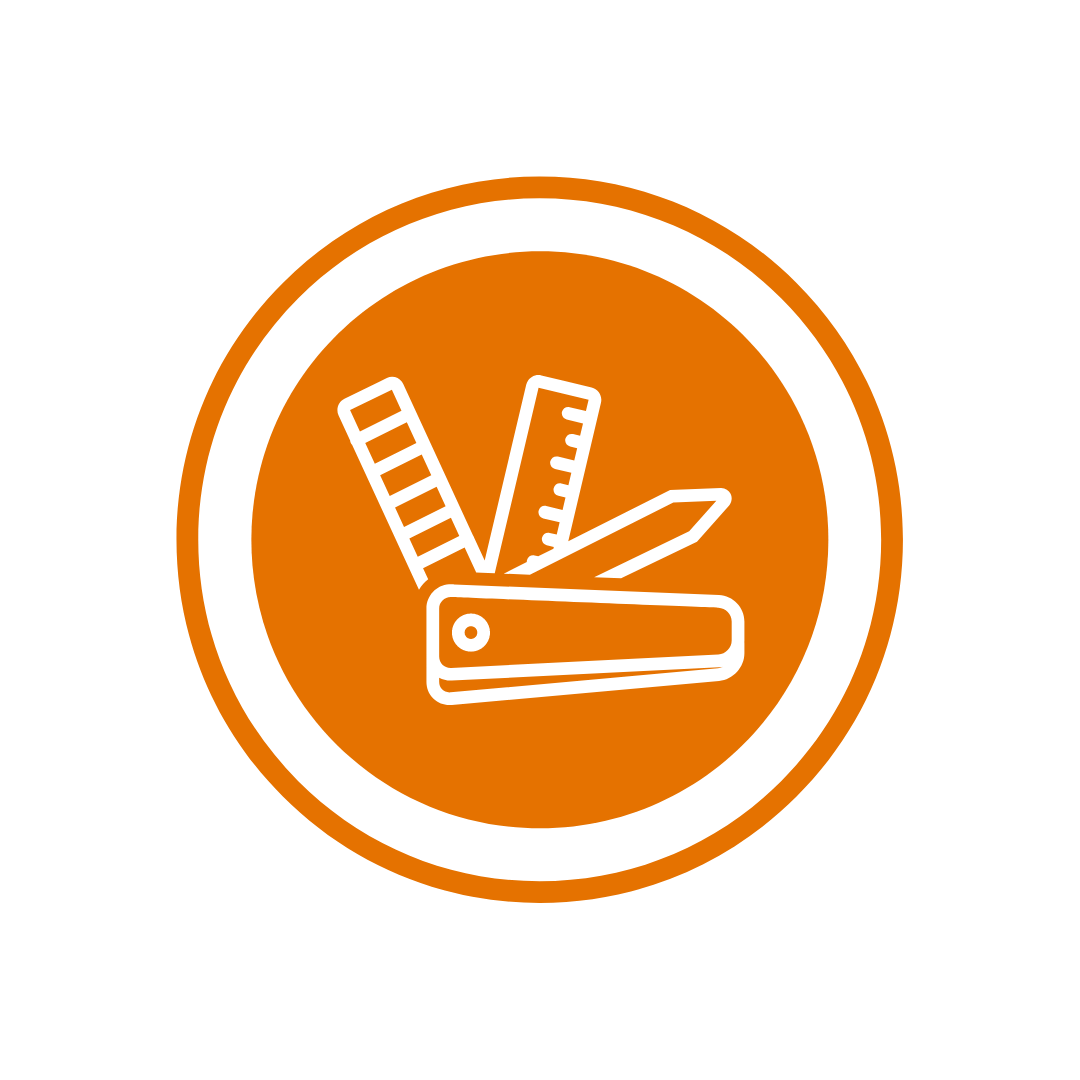Machinery Safety Resources
Optimizing Product Manuals With ANSI Z535.6
ANSI created Z535.6 to establish a communication system specifically designed for safety information in manuals and instructions. Z535.6 complements other ANSI standards to create a comprehensive safety communication system for machines and workplaces.
What is the Risk Assessment Process for Manufacturers?
Risk assessment is the foundational element from both a product design and safety standpoint. It’s not possible to control a risk through design, or provide safeguards or warnings unless you first assess it. In this article, we’ll focus on risk assessment and how it relates to machinery safety for OEMs and product safety labels.
Criteria for ANSI Z535.3 Safety Symbols
ANSI Z535.3 provides criteria for the design, evaluation, and use of safety symbols to identify and warn against hazards and personal injury. Here we go in depth to examine the origin of American safety symbols and their roles in labels and signs.
A Complete overview of the latest ANSI Z535 Standards
Learn about how ANSI Z535, and its latest standards changes as of August 2022, affects criteria for safety labels, signs, and tags. In this article we cover the ANSI Z355.1, Z535.2, Z535.3, Z535.4, Z535.5, and Z535.6 sub-standards and how they work together.
Everything You Need to Know About ISO-3864-2
Curious about ISO 3864-2? ISO standards can be complex, we break it down step by step. ISO 3864-2 (Graphical symbols - Safety colours and safety signs - Part 2: Design principles for product safety labels) is a part of the international standards set for label and sign markings in workplaces and public spaces.
Arc Flash Code Compliance
Many workers die each year as a result of arc flash explosion accidents – and most are killed because they weren’t wearing the proper PPE. Your adherence to the use of proper labeling on electrical equipment can help to protect people from the risk of arc flash explosions.
The China RoHS Directive and Product Markings
The Chinese government’s Restriction of Hazardous Substances (RoHS) regulation was developed independently of Europe's RoHS directive, though there is substantial overlap. Our China RoHS labels conform exactly to the design rules set by Chinese regulations, to keep you in compliance.
GHS Pictograms and Chemical Hazard Labels
The “Globally Harmonized System of Classification and Labeling of Chemicals” (GHS) was adopted by OSHA in 2013. If you’re a product manufacturer with chemical hazards related to your products or processes, we recommend using the appropriate GHS pictogram in the symbol panel of your product safety label.
Understanding Laser Labels
There are two main standards to follow when it comes to compliance for laser labeling: CDRH for U.S. markets and IEC for international markets. Understanding these standards and finding the laser label that meets your requirements is easy with Clarion Safety's online resources.
Premium Quality Safety Label Materials
Too much is at risk for you to compromise on material choices. Our safety labels are only manufactured with premium quality materials; we offer our customers the finest adhesives, base materials and overlaminates, including 3M materials. Even if your material durability or installation requirements are unique, know that we can find a solution for you!
Product Liability and Warnings
Performing a risk assessment on your product during its various design phases has become an essential part of nearly every product manufacturer’s development process. Risk assessment is all about identifying possible hazardous situations that could occur during your product’s lifecycle and then finding ways to eliminate or reduce the risks associated with those hazards.
“Read Manual” or “Refer to Manual” Safety Labels
The purpose of your product’s warnings is to call attention to the most important safety messages that people need to know and obey. Installing too many warnings can lead to “information overload” and your warnings are ignored. Here’s where placing some of your product’s safety information in its collateral material and using our “read manual” labels can help.
Safety Label Ordering Considerations
There are several factors to think about when defining the quantities to order for each of your labels. Multiple placement locations, quantity of products produced, label shelf-life, and installation procedures are all considerations that play a part in answering the question of order quantities.
The WEEE Directive and Product Markings
The Waste Electrical and Electronic Equipment (WEEE) directive sets collection, recycling and recovery targets for all types of electrical goods with the purpose of dramatically reducing the amount of harmful waste materials that are dumped into landfills each year. We carry a variety of these important labels to help you correctly identify your product.




